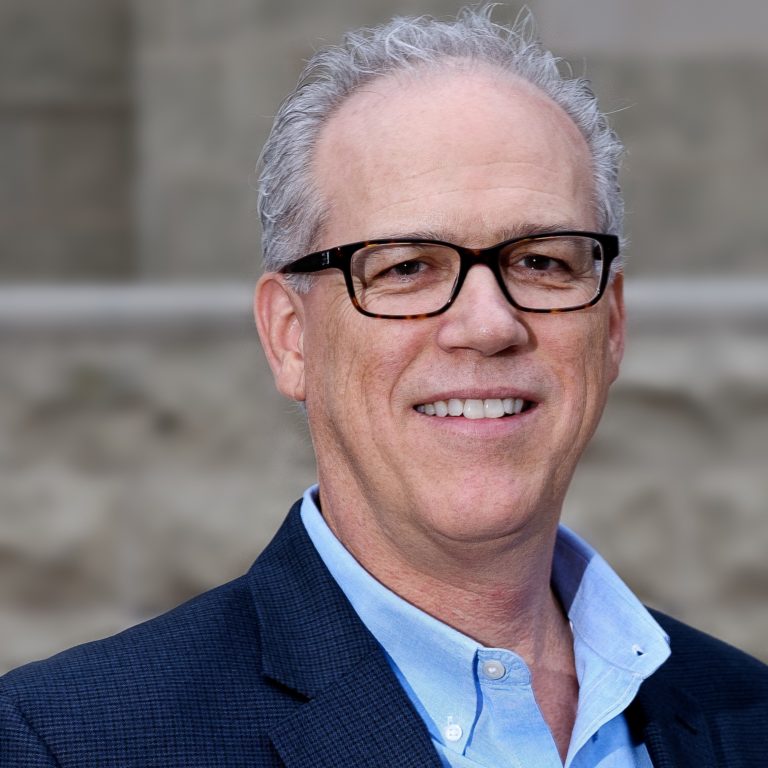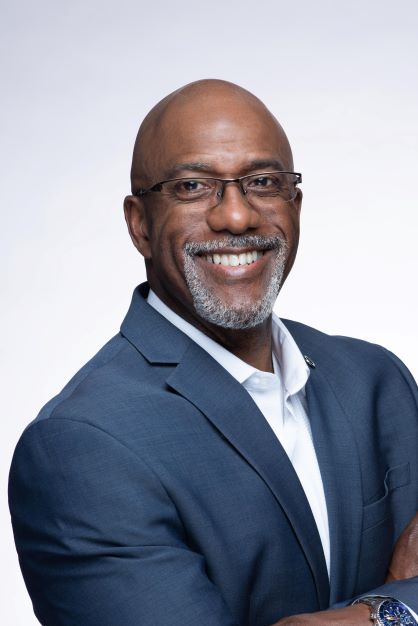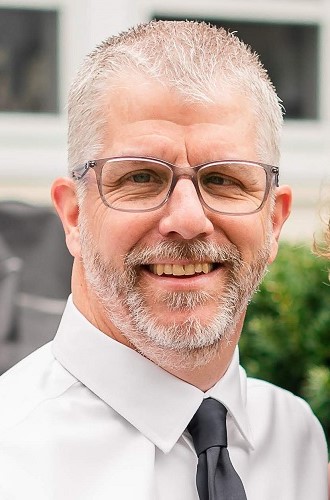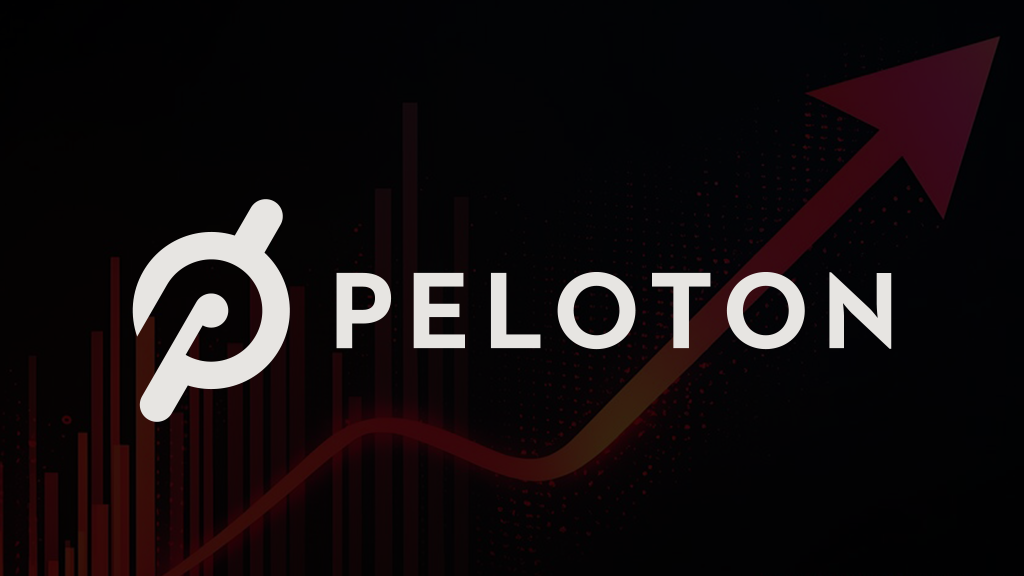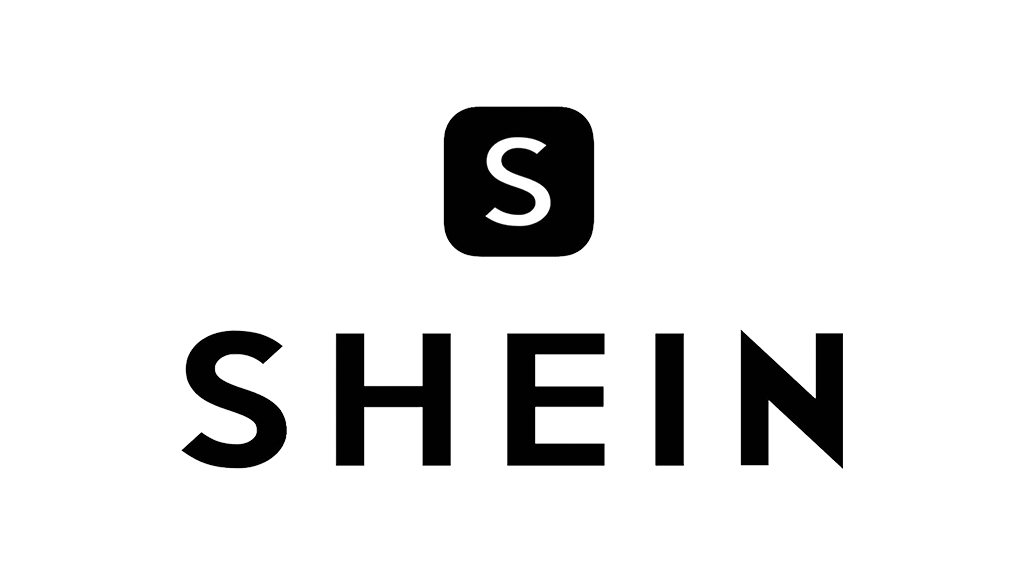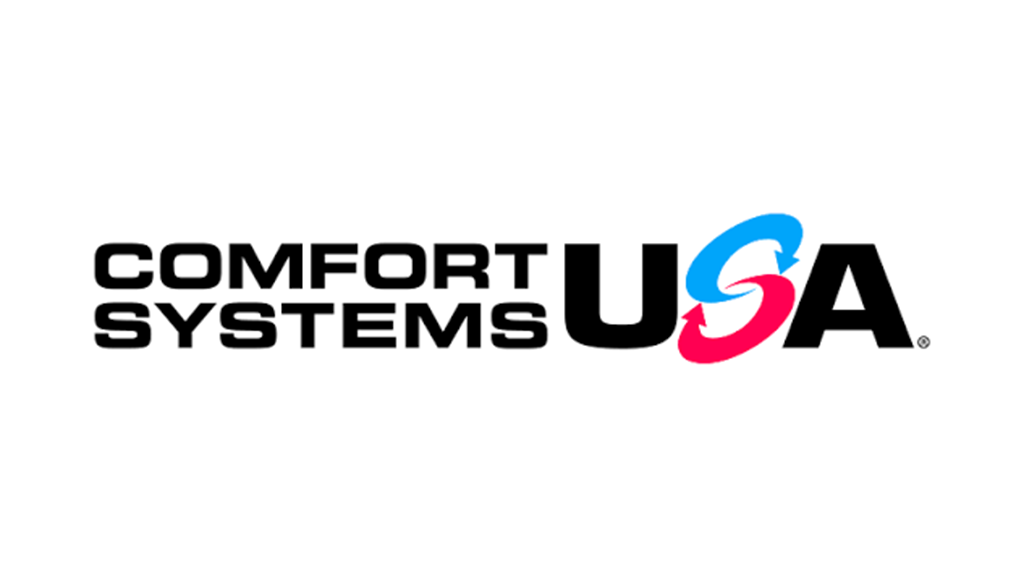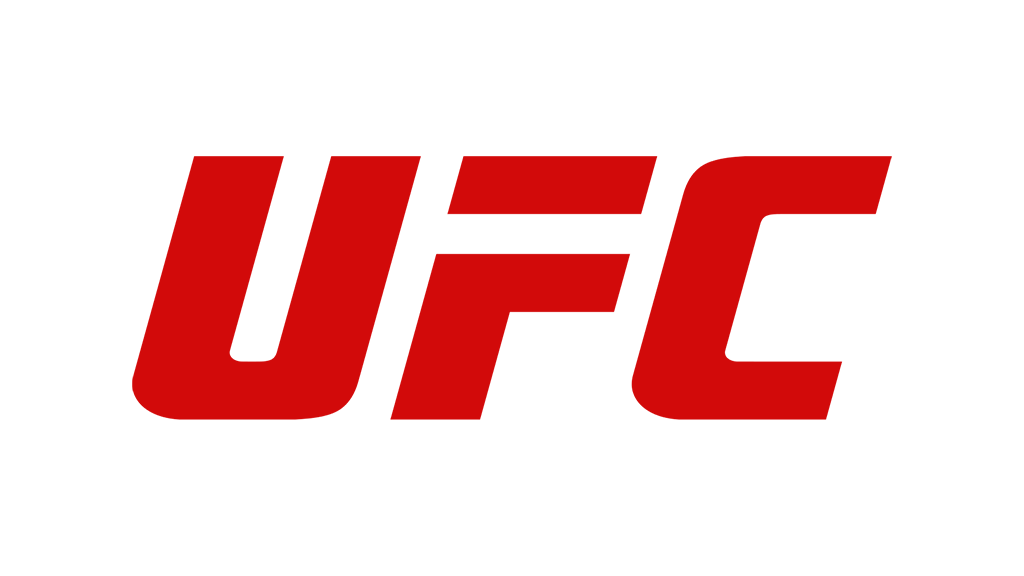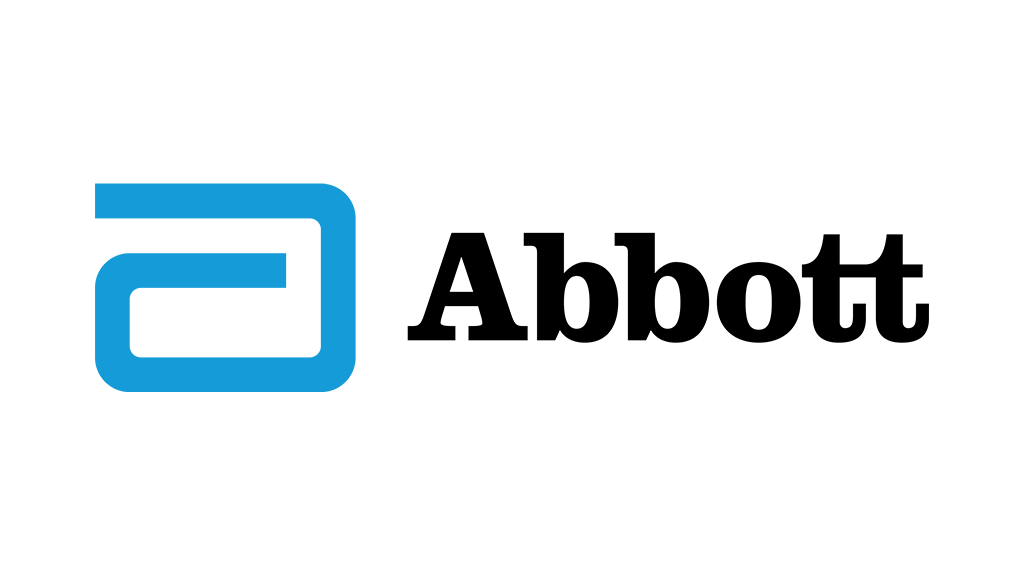Leadership Coach
Stepping on landmines During a four-year long project to shape culture in a multi-national company, a brilliant senior leader of an engineering division with decades of experience and numerous successes in technology and engineering developed a strategy to shift culture in her areas of responsibility. Despite her having access to a specialist culture consulting team, she decided that her approach was preferable.
Am I the only one who thinks we tend to look for complicated solutions when simple answers are staring us right in the face? This is what I realized in my quest to become a better leader. While searching for these answers, I found that there is a never-ending list of competencies required.
Different persons, the same scenario repeats it over time. Once upon a time, I had a client who was the founder and CEO of a successful start-up. He did well. He had positive results. However, he wasn’t winning popularity contests.
In the dynamic panorama of contemporary leadership, the locus of power has quietly shifted. Today's influential leaders are no longer distinguished solely by their roles or by the assertive commands they issue from executive suites. Instead, they are individuals who deeply understand themselves, their teams, and the broader context in which they operate. In essence, to become a leader that you, yourself, would respect and follow requires a transformative journey rooted in self-awareness, self-advocacy, and self-leadership.
A Necessary Ending When my brother and I were growing up, our dad was an executive with a large energy corporation. He reminded us often;” If you want to get ahead in your career, develop your people skills.” So, I did and it proved to be true. I had been serving in progressive leadership roles throughout my career in public parks development for a major U.S. city. Interestingly, I was what some may call, a reluctant strong leader. Being a happy follower was fine with me but when placed in charge, I could get the job done. And that’s exactly what I did for many years. But as time marched on, the responsibilities became heavier and I just wanted relief from the increasing demands of organizational leadership.
It doesn’t take a rocket scientist to look around and realize that we are experiencing a serious lack of leadership across our nation and in our organizations. In a recent survey of over 1,000 diverse industry leaders in the Houston area, they were asked to identify the greatest challenge they face regarding leadership development and retention. Mentoring and growing leaders and leading through conflict came in second. The greatest challenge reported was the need for effective communication. The truth is that to be a great leader; we must be a great communicator.
I have a confession. I really dislike the word vision. For me, it conjures up the image of a wizened gray-haired guru closing his eyes and espousing some words that sound important, but no one can really seem to grab practical meaning from. In graduate school, I nodded dutifully as professors touted the importance of having a clear vision. I underlined passages in books describing how to develop a vision statement and how it would transform an organization. I read prototypical mission and vision statements with a bit of cynicism, thinking they were largely fancy, contrived words put on paper and hung on a wall, because that was what you were supposed to do. These ornaments made it look like your organization had it together, but it seemed they didn’t really impact the people on the front lines, doing the work.
I am often called in to work with teams, or sets of individuals, in conflict when personalities seem to be clashing. Clients will often begin by informing me of the personality clashes, differences in “style,” and communication problems. Typically, one individual appears more reasonable or accommodating, or a better fit for the organization, while the other is seen as troublesome. However, once I am working with the people in conflict, my job is to put on my Sherlock Holmes hat and see if I can discover the true cause of the conflict.
It is painfully obvious that the pre-pandemic models of operating and managing no longer work as well with today’s workforce. Simply stated: work is not working for many people, as witnessed by the Great Resignation and Quiet Quitting trends. Quite frankly, our leadership models are broken and filled with obsolete leadership practices – especially the concept that leaders need to be people managers. Managing people is a 1980s construct no longer valid or applicable.
Artificial intelligence (AI) has been transforming our lives for quite some time. Recently, we are seeing the impact of AI even more in the workplace and C-suite leaders are no exception. AI is already being used in numerous aspects of the workplace. As AI continues to evolve, it is poised to have an even greater impact on C-suite leaders. With this understanding of AI advancements, it is crucial for executives and leaders to move toward appreciation of AI rather than resistance or fear. If you are not experiencing the impact of AI or at minimum hearing about it, you may want to ask what you are missing. Below are a few statistics that reflect the impact of AI in the workplace and in particular on C-suite leaders:
Leadership is not that complicated. There. I said it. Did you feel a heavy weight lift from your shoulders? Or do you prefer basking in the mystique and prestige of having the most intricate job in the world? Well, I do not intend to insult your pride, nor to diminish the value of true leadership, but your job (at least the leadership aspect of it) is actually quite simple – not easy, but simple.
According to Gallup, seventy percent of a team’s engagement is dependent upon their manager. If you’re a CEO or senior executive, you likely see the difference managers make in your organization—and you see what fails when your managers struggle.
We all know that the big bad wolf is a fictional character appearing in several Disney tales but this wolf has become a generic archetype for a menacing predator. Unfortunately, many leaders are seen as the big bad wolf or the big bad boss who leads by fear and negativity and who is seen as looking to devour and punish those they’ve been entrusted to lead. The question for all leaders is do we want to be seen as predators? As a leader do you want to be seen as someone who looks to devour those who are there to support you?
What if we, as leaders, don’t have all of the answers? Working with executives in the C-Suite has revealed an interesting fact. One of the greatest fears leaders hold is that someone will find out they don’t know what they are doing or they don’t have all of the answers. This leads to a lack of confidence in their decision making or downplaying their achievements. All of this can produce a self-fulfilling prophecy. Others feel the self-doubt and question their conclusions. The energy behind the decision is not as strong or inspiring as it could be.
For current CEOs, the challenges keep mounting. Two recent coaching conversations included: • “It’s 8:04 am and my inbox has 67 unread emails. It’s like this every day. Can you help me stay on top of my email?” • “I signed off on acquiring another asphalt plant. The culture of the group we absorbed is just coming to light- and it’s not good. On top of that, the manager in charge is awful with people despite having a good grasp of the industry. I’m driving up there every few weeks to put out fires. This isn’t sustainable.”
In today's fast-paced and competitive business environment, leaders play a crucial role in providing feedback to their team members. Feedback can be formal or informal. Its primary purpose is to identify areas of improvement or acknowledge positive performance. However, many leaders struggle when it comes to delivering effective feedback. In this article, we will explore the importance of feedback, the misconceptions surrounding feedback, and how leaders can foster a culture of growth in their teams.
On the second day of a recent consulting engagement, I had the opportunity to attend a presentation workshop by the division head of the company’s business strategy and a discussion of progress from all business units. One of the new “values” of this group was to focus on “agile/rapid work practices”. Apparently in the past, work took too long – they needed to operate more quickly. After several presentations by team leaders, the division head concluded the meeting by excoriating the group for spelling and grammar errors in the presentation materials.
Leadership occurs one conversation at a time. Effective communication lies at the heart of successful leadership. As a manager or team leader, your ability to connect with and inspire your team members can have a profound impact on their beliefs, behaviors, and overall performance.
According to the latest Women in the Workplace Study done by McKinsey & Company, women are leaving the workforce in greater numbers than ever before. It's important to understand that they are not necessarily leaving the workforce entirely but are actively seeking better companies and opportunities to have their needs and desires met.
How do you define success? Do you do it by markers that others celebrate, such as passion, power, money and the like? Or do you do it by internal markers such as deep feelings of well-being, joy and sense of purpose? ~Srikumar Rao, Modern Wisdom, Ancient Roots During the summer between my junior and senior year of high school, my teachers nominated me to participate in the Hugh O’Brian Leadership seminar. Why me? What did they see in me that would suggest a leader?
Hello fellow high achiever. I know you've climbed the ladder of success with grit and determination, and you've reached remarkable heights as leaders in your respective domain. It's undeniable that being a high achiever comes with numerous benefits and rewards. The sense of accomplishment, the influence you wield, and the recognition you receive - it's all well-deserved.
“Relationship becomes a higher priority the more ambiguous, complex, and uncertain the atmosphere.” JM Harvey, CEO inviteCHANGE Do you find it hard to read the pulse, the honest feelings and perspective that people you engage – associates, peers, advisors, suppliers, customers – experience in our post-pandemic (almost?) period? Your attempts to return to a normal workday, workplace, and workflow don’t land as envisioned.
I have been continually learning how to become a better transformational and emotionally intelligent leader during my diverse 28 years career, having the practice and experience from my early beginnings during High School as a grape picker in the fields of Coachella Valley in California to my first hospital job as an emergency department aide (EDA), LVN, RN, Charge Nurse, Clinical Manager, Director of Critical Care Services, House Supervisor, transitioning out of the hospital setting in to the Home Heath, Hospice, with roles as Director of Patient Care Services, Executive Director, Nursing Professor, and later in to higher level roles as Regional Director of Operations, CNO, COO, to my recent new venture as a CEO/Founder and Senior Consultant for a private Health Care Operations and Strategy Consulting LLC.
The concepts of Conscious and Trauma-Informed Leadership have been around for decades, but only recently have they gained traction in the business world. John Mackey, the founder of Whole Foods, has been a driving force behind this momentum for decades. More recently, he helped usher these terms into our everyday vernacular through his two bestsellers, Conscious Capitalism and Conscious Leadership.
Every good leader believes in empowerment—like they believe in loving others well, standing for what is right, and making a difference in the world. The issue is that there’s often a gap between what we believe and what we actually do. For example, while I am a firm believer in empowerment—and have successfully coached dozens of leaders to become more empowering—I find this doesn’t always correlate to how well I personally empower others in my own leadership. Whether it’s because I’m worried about the outcome of an initiative, I haven’t provided enough support, or I’m simply unaware of my team’s feelings, being an empowering leader is often easier said than done.
Leaders are no longer those who lead from the top and the ‘workers’ follow the leader. The growing trend is that each person holds a significant role in defining leadership within the business and can lead up to define the true sense of leadership within the company. BUT – herein lies one of the greatest problems in organizational development: do your people know, understand and hold a sense of ownership for your vision?
Collaborating with people isn’t easy. Why? Because people get tangled up and judge each other. Team members gossip with colleagues about people who annoy them at work. Disconnected colleagues may engage in stonewalling and block the flow of productivity. And, as if collaboration weren’t already tough enough, you often aren’t even in the same building anymore.
There is no shortage of training, books, and workshops on managing change. Yet, as omnipresent as oxygen in our corporate cultures, the topic of change continues to challenge leaders. As leaders, we set an example to follow, even when we do not agree with the changes being made. Enduring the change that is handed to us, we lead others through.
In my work as a CEO coach, I get to collaborate with many brilliant and values-driven leaders around the world. There is one story that I hear repeatedly, despite very different business models and cultures. It sounds something like this, “Our core business is doing pretty well, but executing on our new strategy has been harder than expected. I think we may have a structural issue, but I’m not 100% certain about what the issues are."
As a seasoned CEO and consultant, I have seen firsthand the fast-paced and ever-evolving landscape CEOs must navigate. Today’s CEO faces uncertainties daily and must chart a course for success. The difference between those of us who lead with grace, and those of us who muddle through, is strong vision, clear plan and cohesive team. A great strategic plan can provide all of these.
I was a shy sixteen-year-old, afraid of my own shadow, in the summer I worked at our local hospital. The Director of Nursing was a strong loud woman dressed in the white starched uniform nurses wore back then. She intimidated me more than the doctors. Whenever I saw her coming, I would turn and go the other direction.
What is leadership and how to define an effective leader are questions that are most often associated with professional work settings. There are countless definitions of leadership and even more books on the traits of successful leaders. Many discussions around adopting an effective leadership style explore the skills needed to grow into leadership positions. Often leadership is described as something you learn, not something you are born with, which gives hope that with hard work a leader can learn the skills needed to be successful. Clearly a lot rides on those who are in charge, especially if they have just been promoted into a larger role.
In our post-Covid, competitive world of business, leaders and teams often find themselves navigating a multitude of challenges, striving for success while facing stress, uncertainty, and rising levels of burnout. In recent years, there has been growing recognition of the benefits of integrating spiritual practices into the corporate world.This article explores the transformative power of spiritual practices for business leaders highlighting the positive impact these practices can have on well-being, productivity, and overall success.
Leaders are constantly seeking strategies to build high-performing teams. While numerous factors contribute to team success, one often overlooked aspect is the role of self-care. By prioritizing self-care practices, leaders can create an environment that fosters productivity, engagement, and overall well-being within their teams.In this article, we will delve into the importance of self-care in building high-performing teams and explore practical strategies that leaders can implement to enhance team dynamics. I have found in working with various companies that the following self-care strategies are effective in integrating self-care into the company while building high-performing teams.
Is the quality of your relationships (personal or professional) not at the levels you desire it to be? Are you having too many difficult conversations that sometimes escalate into drama? Do you find it challenging getting people to fulfill their roles and responsibilities? The quality of your life truly depends on the quality of your relationships. I’ve found through my years of experience and practice that “Communication” is the essence that drives healthy and productive relationships.We all yearn to create strong bonds … our “Connection” brings meaning to relationships. Many of my sessions involve Workplace Conflict Resolution, Managing Up, Communication Style Conflicts, Work Style Differences — all pertaining to situations where people with pure intentions, were simply not seeing eye-to-eye.
There are several myths around leadership, and each myth presents challenges for developing new leaders, and can hinder the growth of our current leaders. These myths begin at school age, and while some teens learn to develop beyond, many do not. This may be why we don’t see more emerging leaders, or those who take on initiatives in our companies. When we learn these myths at a foundational point in our lives, we believe them to be true, and then perpetuate them further in our organizations. Myth #1: Leaders have a title. Who are the leaders in your organization? How do you know they are leaders? Usually, the easy answer is, “They have a title.” If we need a title to be a leader, then who else can be a leader? There are only a few titles to be had, but many tasks to complete.
We have all heard the adage ‘The only constant is change.’ Yes…how true this is. Change and progress are inevitable. They are vital. They are necessary. Many individuals and organizations resist change. We need to CHANGE the way we are looking at the experience…aka: CHANGE THE FRAME. For example, when professionals are being faced with a change in their job or position, why not CHANGE the way they look at it? It helps us to remember and realize that we are NOT defined by the job or position we hold.Often, we can get completely absorbed in our job or company. In fact, many senior executives believe their identity is the company for which they work. I ‘get’ this concept and lived it at one time in my career. Most of us can relate to this, especially as we climb the ranks in Corporate.
“Who are the great leaders?” The first time I was asked this question in a workshop on leadership, a 15-month-old popped to mind, and I found myself telling a story about a moment a couple of years ago when my wife Victoria and I were waiting in Los Angeles Airport for a flight to San Francisco. We had just been told that our flight would be delayed. As we grumped into our seats that looked across the concourse at gate 70A to wait, a family of four caught our attention on the other side. A woman with a 15-month-old on her hip stood with her husband while their two-year-old son attacked his stroller in a rage. We watched this painful scene in empathic agony for a while. Then Victoria said, “Look! A couple of your clients.”
As I write this, we’re in the midst of summer. I can't help but express my love for this time of year. Summer holds a special place in my heart. It's a time when we can finally bid farewell to winter jackets and embrace the freedom of flip flops and shorts. Baseball becomes a prominent part of our lives, and warm evenings on the deck with friends and engaging conversations become a cherished ritual. There's something about June, July, and August that makes life slow down, even if just a little bit. When the topic of summer plans arises, I eagerly share my excitement about upcoming baseball trips, hiking adventures, and, the highlight of it all, our two-week "off the grid" vacation in August.
As an executive, you’ve worked your entire career to build a powerful leadership brand. You have achieved many successes, and have an impressive portfolio and reputation built on technical mastery, business acumen, industry knowledge and leadership skills. Congratulations! You’ve proven that you have the brilliance, drive, and resilience to be a successful leader in today’s global economy. But now you crave something different. A new passion has bubbled up and you need a different career challenge. You may be thinking, Is it worth the risk to leave my current job and switch career tracks?
Think kindness is only soft and fluffy, or that you don’t need to practice kindness when you’re in charge? Think again. The talent market is the most competitive that it’s been in decades, and candidates have a choice of where to work. Now, more than ever, your leadership style, company values, and culture can make or break an organization. Kindness is key to an engaged team, retention, and a strong corporate culture.Now, before you start thinking that all you have to do is chit-chat with folks around the water cooler, and you can call it kindness.
Often, we spend many months and even years, feeling stuck in the routines of everyday life. Life can become a blur of expectation as slowly, each day rolls into the next.I have been around enough leaders to know and feel when they are simply surviving day to day in their roles and jobs instead of thriving. Although it’s easy to slip in to survival mode, it doesn’t have to be that way and my encouragement is that you will take the time to be intentional to create moments where you can thrive in your daily life, rather than choosing to simply survive.
According to a recent study 1) of global CEOs by The Conference Board there are 3 themes that constantly rise to the top of their concerns in order: Recession Risk, More intense competition, Tight labor market. Every day CEOs are faced with increasing pressures of how to stay ahead, stay cost competitive and continue to innovate new products and solutions. You may ask yourself: How do I stay ahead of the pack? How do I continue to innovate? How do I reduce my costs exponentially? While these questions may seem overwhelming to you as a CEO, there are key strategies you can implement to create certainty, and a workable plan around all of these areas.
Knowing how to lead in a given situation and time frame is the defining factor for adaptable and capable modern business leaders. In my work over the last fifteen years helping thousands of passionate, hard-working CEOs, entrepreneurs and business leaders develop and implement their SLAP! (Strategic Living Action Plan), I’ve concluded that superlative business leadership consists of the following four essential Business Leadership Master Roles. Passionate Visionaries Passionate Visionaries set and clearly communicate the purpose and vision of the organization. They see the big picture of where the organization is going and its place in their specific industry and community.
Whenever my kids were facing a challenge, be it a school exam or a competition, we’d send them off with our favorite line from the movie An American Tail, about Fievel the mouse. “Release the secret weapon” we’d bellow (best said with a lazy “R”). In this animated show it was the mice against the cats, and at the show’s climax the mice turn the tide of battle by releasing the Giant Mouse of Minsk – a huge mechanical mouse that chased the cats down the pier and into the bay. This quote always brought a smile and a reminder to our kids that they were a secret weapon.As a team coach, I continually work with organizational leadership using the same mantra “Release the secret weapon.”
Being a leader is the perfect way to ensure that you face your own imperfections on a daily, if not hourly, basis. Being the top leader is utterly thankless. If things go well, people assume you are lucky. If things are go poorly, it’s all your fault. So how do CEOs deal with the discomfort of knowing they are constantly being judged and found wanting? Most find ways to be right even when they’re not. And many surround themselves with people who shore up their insecurities—which is the worst possible thing they can do.It can be really addictive to be the smartest person in the room and the one with the most power.
When I launched The Jinks Perspective as a coaching company, I knew from the beginning that I wanted to help leaders and their teams achieve 3 things to help advance their personal and organizational missions: Clarity, simplicity, and alignment. As I have coached thousands of leaders over the past two decades, I have realized that there is critical 4th element as well: Inspiration. CLARITY Leaders are competing for the very attention of the teams. Our digital worlds and ongoing media bombardments cloud workers’ view more each day. Additionally, leaders who struggle to communicate effectively are challenged by team members who underperform simply because they are not crystal clear on what the expectations are.

































